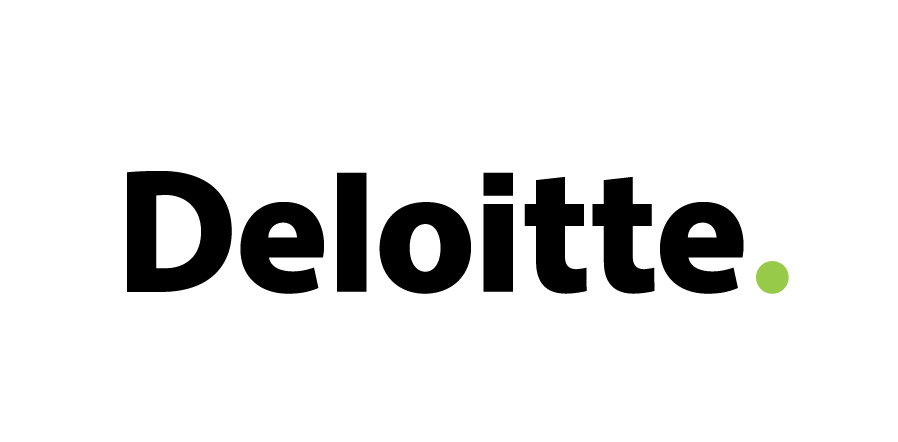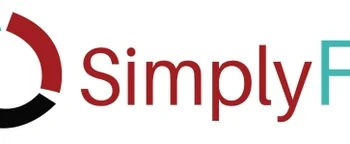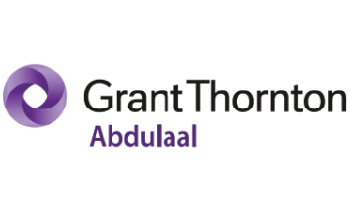
The Evolvement of SAM in the Era of AI
Software and asset management (SAM) incorporates different set of practices across the business units of any organization. This includes amongst others; Information Technology, Financial, Contractual, and Risk management responsibilities that incorporate the overall lifecycle of the assets. While SAM delivers services across the enterprise, it helps in supporting short-term as well as strategic long term decision making whether from risk avoidance, return on investment, or enhancing the operational efficiency.
SAM has evolved over the years from being a driver for cost avoidance to the point where it’s become a value driver to enterprises. Initially, SAM was under the scope of IT departments used to mainly register the different type of software assets while ensuring adequate management for better grip on the costs and risks, helping CIOs avoid over-licensing or under-licensing, ensuring compliance while minimizing unnecessary expenses. Moving forward in time and with the recent changes of the working from home models, organizations were further looking at SAM as a driver for cost saving, by ensuring effective allocation and optimization over their software assets. While enterprises do recognize those drivers, it’s important to highlight that as the era of LLMs and generative AI unfolds, the future of SAM looks promising and transformative. SAM looks to be well-positioned to unlock new levels of efficiency, agility, and value through the following:
(DISCOVERY) *Intelligent software discovery; by leveraging these technologies, SAM tools powered with LLM and machine learning can analyze vast amount of dare from extended sources of information not only network scans, user behavior patterns, and sw installation logs, but also financial records, vendor contracts, and market trends, to generate tactical and strategic insights and recommendations.
(OPTIMIZATION) *Not only LLM will help in automating reconciliation process by comparing actual usage vs license entitlements. Integrating this with Generative AI, it will play a crucial role in predicting future spend and gen AI algorithms can recommend the most cost effective licensing models for each asset.
(CYBER) * These emerging technologies can have a competitive edge in the cyber space by the help of SAM being integrated with security tools to provide a comprehensive security posture while the SAM teams prioritize patching efforts and mitigate risks associated with software vulnerabilities.
(EMERGING TECH) *The integration of LLMs and generative AI will enhance the user experience and support capabilities within SAM. Chatbots and intelligent virtual assistants can provide personalized support in helping teams resolve software licensing related issues and guide through software products use right for better efficient optimizations.
By providing data-driven insights on software usage patterns, cost optimization opportunities, and vendor performance, generative AI will empower SAM leaders to make informed decisions aligned with the organization’s strategic goals. However, it is crucial for organizations to approach the adoption of LLMs and generative AI in SAM with a strategic mindset, ensuring that they have the right governance frameworks, data management practices, LLM powered technologies, and talents ready to harness the full potential of these technologies.
By: Tamer Charife, Partner, and Fahed Qutteineh,
Senior Manager, Cyber Strategy & Transformation,
Deloitte Middle East




